python批量化提交100+shell
前段时间,在写批量化挖掘的脚本,现在已经收工了,大概也就100+shell左右,用来练手的其余sql注入,未授权都交给公益src了。
**作者:echo** 前段时间,在写批量化挖掘的脚本,现在已经收工了,大概也就100+shell左右,用来练手的其余sql注入,未授权都交给公益src了。 先上图,大佬勿喷,只做一个思路-实施的过程。 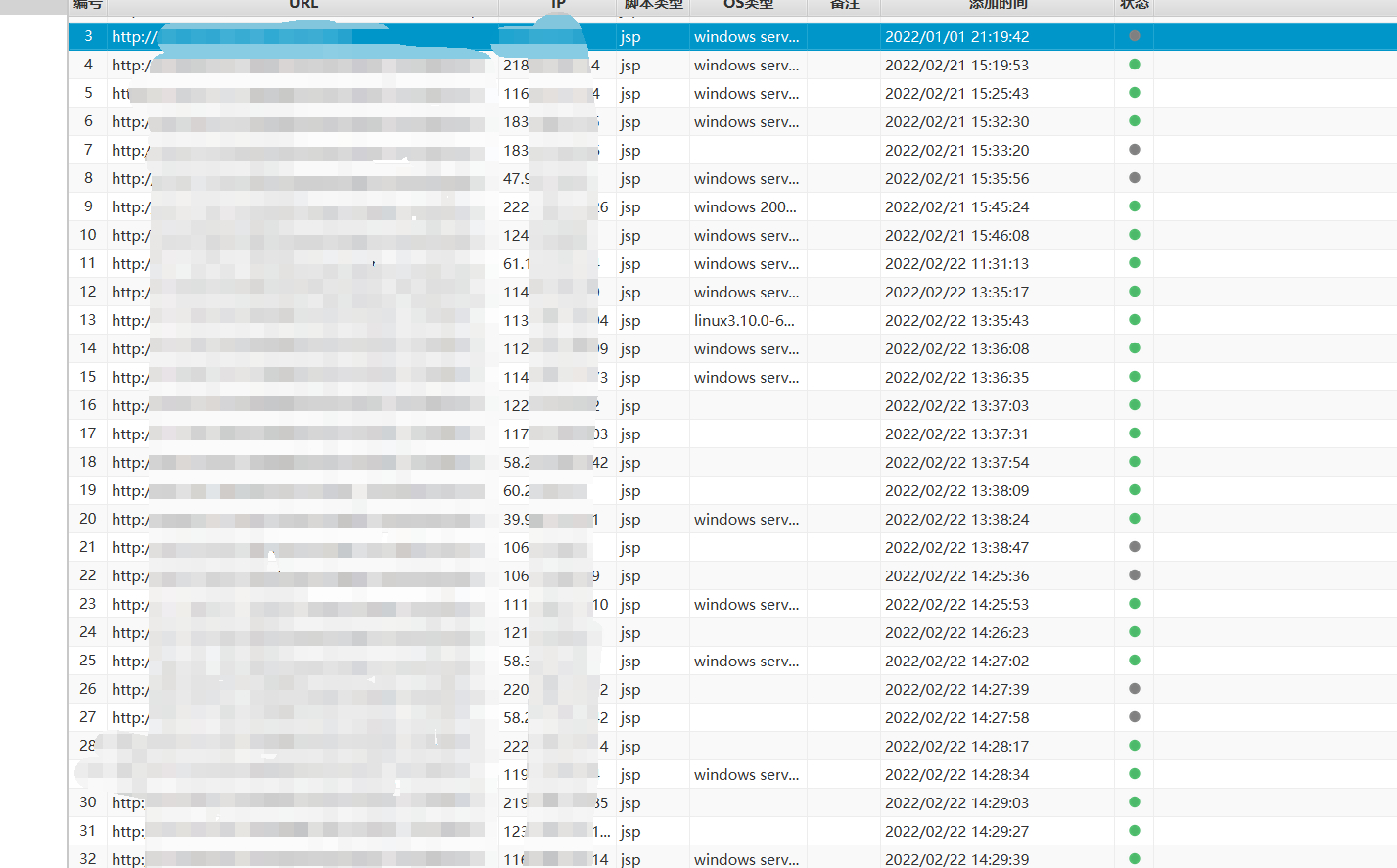 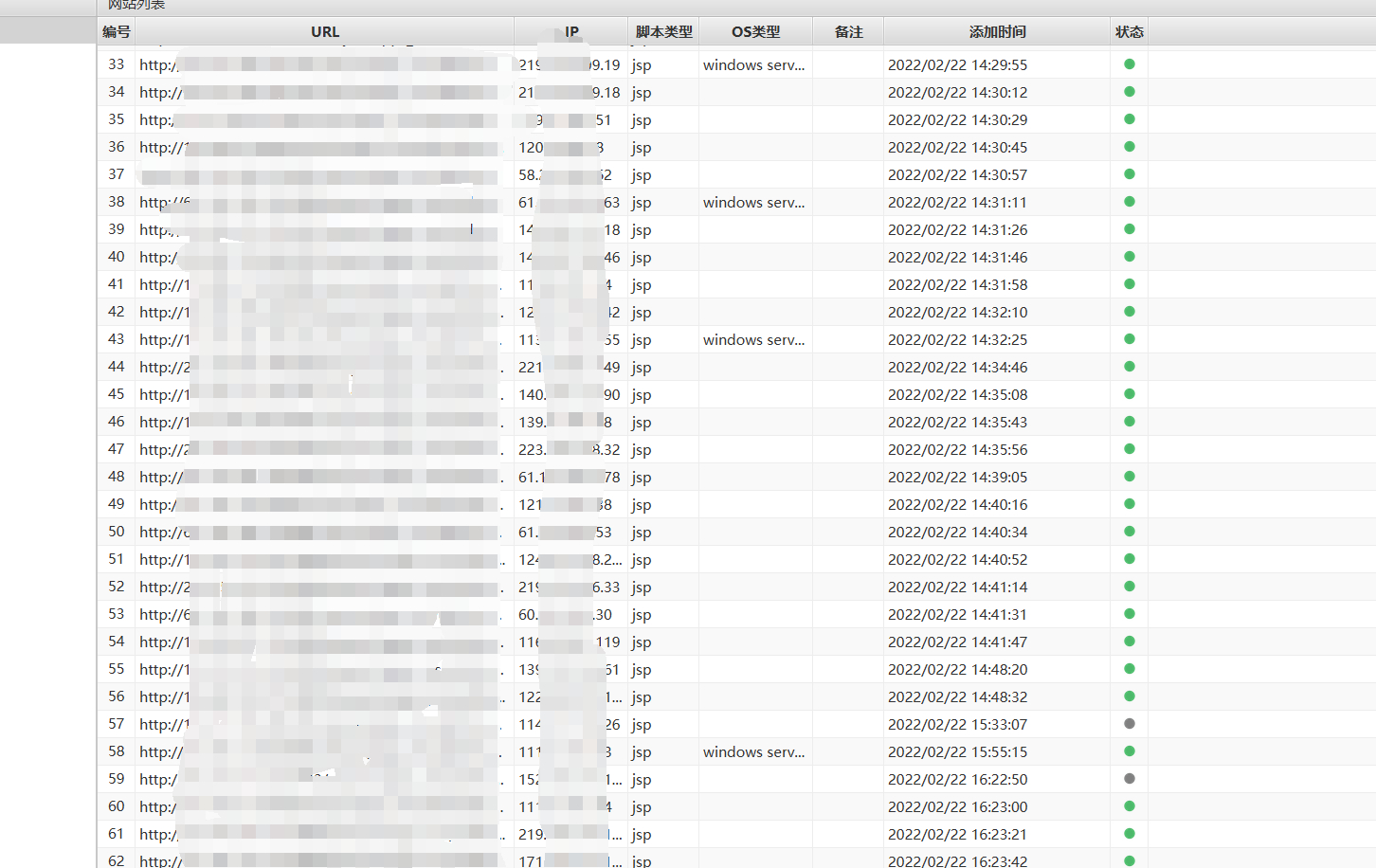 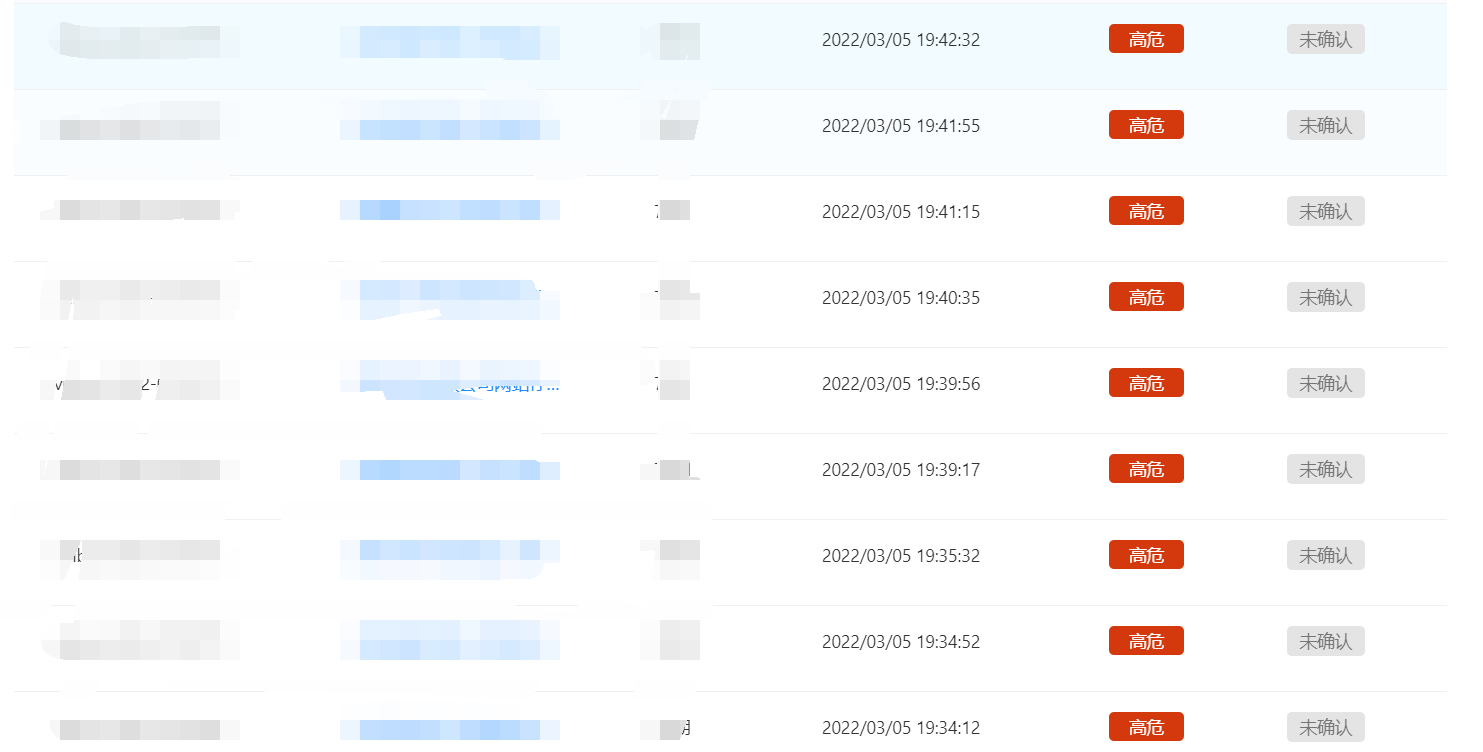 既然大家都是漏洞老千层了,直接上思路图和脚本吧, 这里拿fofa的资产来说,比如说挖的是oa的shell和未授权,大部分是不会有域名的,从业务的角度来说,这自用很少有域名,清洗ip拿域名需要用的一些姿势如图,(脚本在文末) 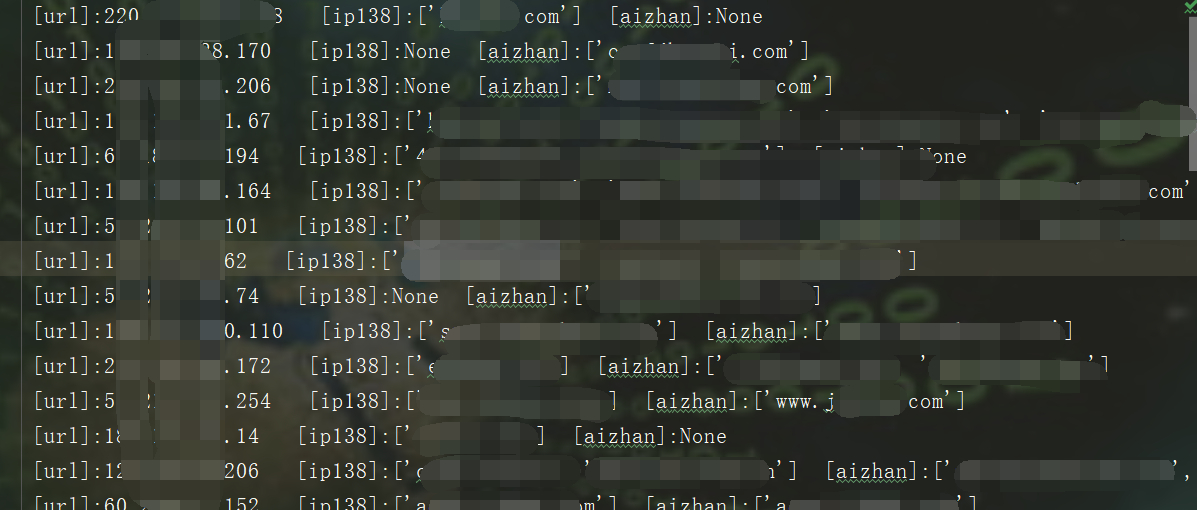 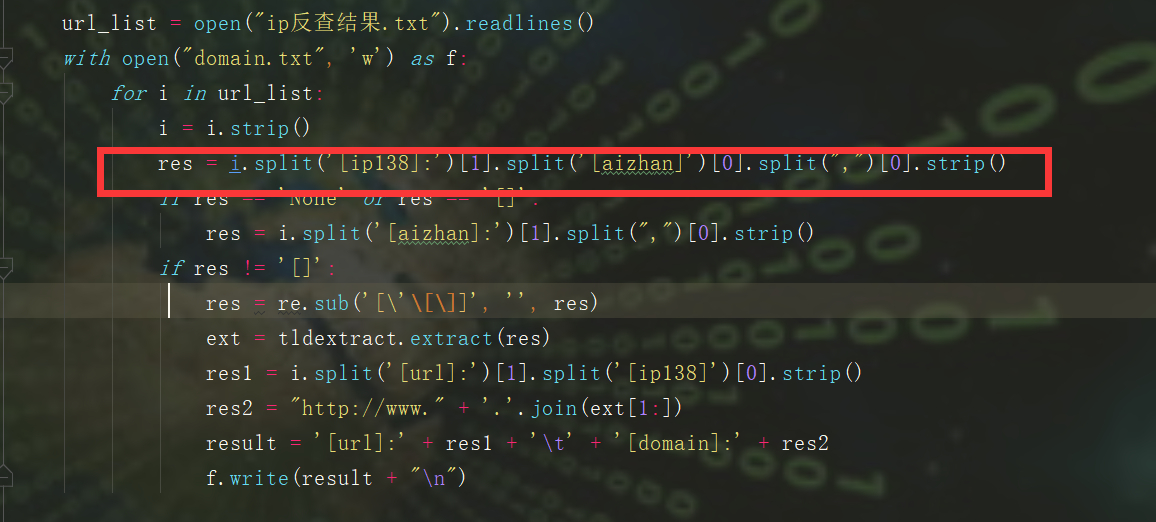 这里的结果是\[url\]:ip138:xxx aizhan:xxx ,我的思路是split()分割符去ip138和之后的部分,后面在通过split去ip138的部分,拿到查询结果 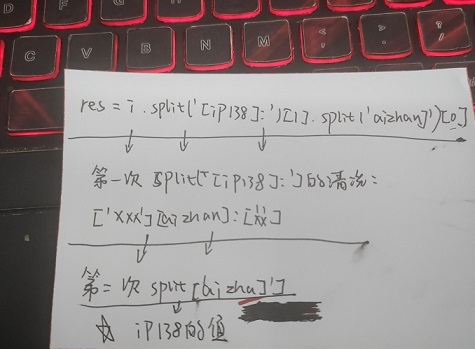 2.拿到域名后需要找归属和权重,如果是要交src,报告里要附有归属的截图,(脚本在文末,仅供参考) 1.通过re正则匹配返回包标签内的内容,常用匹配 re.findall(r"""<span>(.\*?)</span>""", result.text)  i找到归属后 ii. 打开一个文本,用来保存查询的结果,常用  iii.查归属常用姿势  3.漏洞提交, i.准备个csv,(不用xlsx的原因有很多,主要是兼容问题) ii.通过pandas.drop()可以实现不用递归excel表格内的内容,比如盒子,补天提交,提交后等待几秒即可提交下一部分。 4.一些探讨 实际漏洞验证很复杂,src平台对提交的内容(厂商归属和漏洞验证截图)都看重,你这里没截图就没过,如果说量比较少的情况下,尽量手工收集材料截图。selenium截图不包括地址栏的内容,这样就看不到归属,直接pass掉了。 另外,excel两个常用姿势清洗数据内容: 1. 选中某列,查找aaa*,会全部去掉aaa*的内容,2.选中某列,智能筛选,输入需要的表达式,会筛选相关的符合要求的列。。 5.脚本内容 1.通过批量验证+文件保存 ```python3 import re import requests import time from requests.packages.urllib3.exceptions import InsecureRequestWarning import sys import random poc ="/index.php/xxxx" def module(): print('------------------------------') print('+来源peiqi文库修改版,魔改author:echo') print('+使用格式:python vuln-echo.py') # print('输入漏洞地址') print('------------------------------') def vuln(url): headers = { "User-Agent": "Mozilla/5.0 (Windows NT 10.0; Win64; x64) AppleWebKit/537.36 (KHTML, like Gecko) Chrome/86.0.4240.111 Safari/537.36", } try: target = url + poc req\_result = requests.get(target,timeout=3, headers=headers, verify=False) if ('syntax' in req\_result.text) and req\_result.status\_code == 200: print("站点{}存在sqli注入".format(url)) f.write(url) \# print(req\_result.text) # print(result\_site) else: sys.exit(0) #else: # print("站点{}不存在sqli注入".format(target\_url)) # sys.exit(0) except: print("nmm的手气炸了,出bug了") print(target) pass def Scan(file\_name): with open(file\_name, "r", encoding='utf8') as scan\_url: for url in scan\_url: if url\[:4\] != "http": url = "http://" + url url = url.strip('\\n') try: vuln(url) except: print("请求报错") continue if \_\_name\_\_ == '\_\_main\_\_': module() target\_url = str(input("输入漏洞文件名\\n")) with open('./vulnsql1.txt', 'a', encoding='utf-8') as f: Scan(target\_url) ``` ```python 2.selenium版批量查域名归属+截图 from selenium import webdriver import requests import os from fake\_useragent import UserAgent session = requests.session() import re class Poc: def \_\_init\_\_(self, url): self.url = url # self.url = info self.headers = { "User-Agent": "Mozilla/5.0 (Windows NT 10.0; Win64; x64; rv:93.0) Gecko/20100101 Firefox/93.0", "Host": "www.qcc.com", } # self.chrome = webdriver.Chrome(executable\_path='chromedriver.exe') def qcc(self,ua): payload = "https://www.qcc.com/web/search?key=" qcc\_headers = { 'Host': 'www.qcc.com', 'User-Agent': ua.random, 'Accept': 'text/html,application/xhtml+xml,application/xml;q=0.9,image/webp,\*/\*;q=0.8', 'Accept-Language': 'zh-CN,zh;q=0.8,zh-TW;q=0.7,zh-HK;q=0.5,en-US;q=0.3,en;q=0.2', 'Accept-Encoding': 'gzip, deflate, br', 'Sec-Fetch-Dest': 'document', 'Sec-Fetch-Mode': 'navigate', 'Sec-Fetch-Site': 'none', 'Sec-Fetch-User': '?1', 'Cookie': 'acw\_tc=7729d2ad16456665232162240e7d9acc6bb665fcb0b634a57fa14bd0e4; QCCSESSID=d7b8f5ab4f4b6865b70c9afbf9;'} try: target = payload + self.url #result = requests.get(target,headers=qcc\_headers) result = session.get(target,headers=qcc\_headers) #print(result.status\_code,result.text) result\_site = re.findall(r"""<span data-v-dcbac042>(.\*?)</span></a>""", result.text) #if result\_site != \[\]: print(result\_site\[0\]) except: print("has some wrong") pass if \_\_name\_\_ == '\_\_main\_\_': location = os.getcwd() + '/fake\_useragent\_0.1.11.json' ua\_header = UserAgent(path=location) targets = open("./domain.txt", "r") #数据清洗 for target in targets.readlines(): target = target.strip() targets = target.split("http://")\[1\] # print(targets) poc = Poc(targets) poc.qcc(ua\_header) ``` 3.批量ip反查(aizhan+ip138) ```python import time import re import requests from fake_useragent import UserAgent from tqdm import tqdm import os # ip138 def ip138_chaxun(ip, ua): ip138_headers = { 'Host': 'site.ip138.com', 'User-Agent': ua.random, 'Accept': 'text/html,application/xhtml+xml,application/xml;q=0.9,image/webp,*/*;q=0.8', 'Accept-Language': 'zh-CN,zh;q=0.8,zh-TW;q=0.7,zh-HK;q=0.5,en-US;q=0.3,en;q=0.2', 'Accept-Encoding': 'gzip, deflate, br', 'Referer': 'https://site.ip138.com/'} ip138_url = 'https://site.ip138.com/' + str(ip) + '/' try: ip138_res = requests.get(url=ip138_url, headers=ip138_headers, timeout=2).text if '<li>暂无结果</li>' not in ip138_res: result_site = re.findall(r"""</span><a href="/(.*?)/" target="_blank">""", ip138_res) return result_site except: pass # 爱站 def aizhan_chaxun(ip, ua): aizhan_headers = { 'Host': 'dns.aizhan.com', 'User-Agent': ua.random, 'Accept': 'text/html,application/xhtml+xml,application/xml;q=0.9,image/webp,*/*;q=0.8', 'Accept-Language': 'zh-CN,zh;q=0.8,zh-TW;q=0.7,zh-HK;q=0.5,en-US;q=0.3,en;q=0.2', 'Accept-Encoding': 'gzip, deflate, br', 'Referer': 'https://dns.aizhan.com/'} aizhan_url = 'https://dns.aizhan.com/' + str(ip) + '/' try: aizhan_r = requests.get(url=aizhan_url, headers=aizhan_headers, timeout=2).text aizhan_nums = re.findall(r'''<span class="red">(.*?)</span>''', aizhan_r) if int(aizhan_nums[0]) > 0: aizhan_domains = re.findall(r'''rel="nofollow" target="_blank">(.*?)</a>''', aizhan_r) return aizhan_domains except: pass def catch_result(i): ua_header = UserAgent() i = i.strip() try: # ip = i.split(':')[1].split('//')[1] ip = i.split(":")[0] ip138_result = ip138_chaxun(ip, ua_header) aizhan_result = aizhan_chaxun(ip, ua_header) time.sleep(1) if ((ip138_result != None and ip138_result!=[]) or aizhan_result != None ): with open("vulnwebshell.txt", 'a') as f: result = "[url]:" + i + " " + "[ip138]:" + str(ip138_result) + " [aizhan]:" + str(aizhan_result) print(result) f.write(result + "\n") else: with open("反查失败列表.txt", 'a') as f: f.write(i + "\n") except: pass if __name__ == '__main__': url_list = open("vuln.txt", 'r').readlines() url_len = len(open("vuln.txt", 'r').readlines()) #每次启动时清空两个txt文件 if os.path.exists("反查失败列表.txt"): f = open("反查失败列表.txt", 'w') f.truncate() if os.path.exists("vulnmail.txt"): f = open("vulnmail.txt", 'w') f.truncate() for i in tqdm(url_list): #i=i.split(":")[0] catch_result(i) ```
发表于 2022-04-01 17:30:03
阅读 ( 10094 )
分类:
WEB安全
0 推荐
收藏
3 条评论
echoa
6 篇文章
×
温馨提示
您当前没有「奇安信攻防社区」的账号,注册后可获取更多的使用权限。
×
温馨提示
您当前没有「奇安信攻防社区」的账号,注册后可获取更多的使用权限。
×
举报此文章
垃圾广告信息:
广告、推广、测试等内容
违规内容:
色情、暴力、血腥、敏感信息等内容
不友善内容:
人身攻击、挑衅辱骂、恶意行为
其他原因:
请补充说明
举报原因:
×
如果觉得我的文章对您有用,请随意打赏。你的支持将鼓励我继续创作!